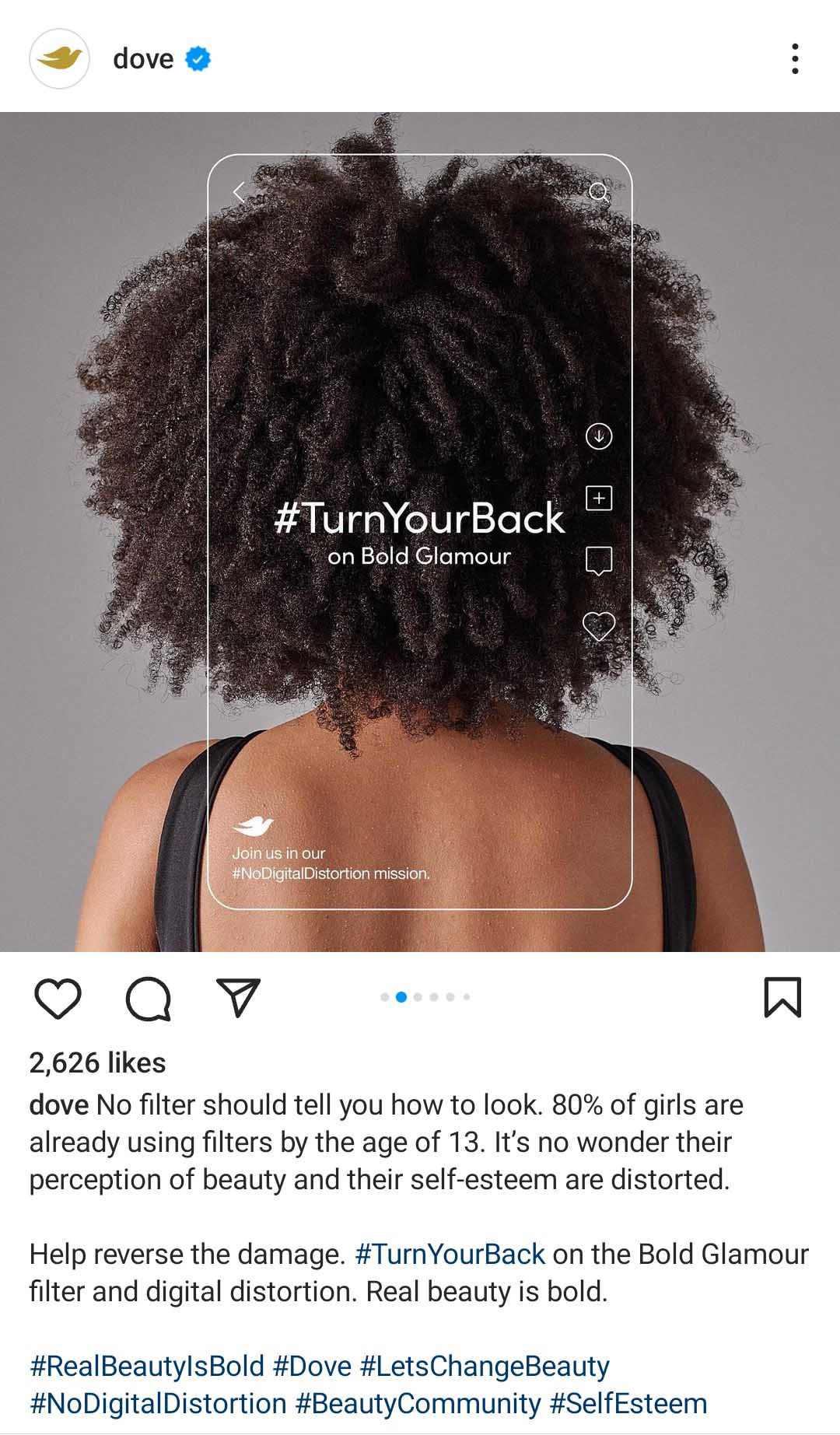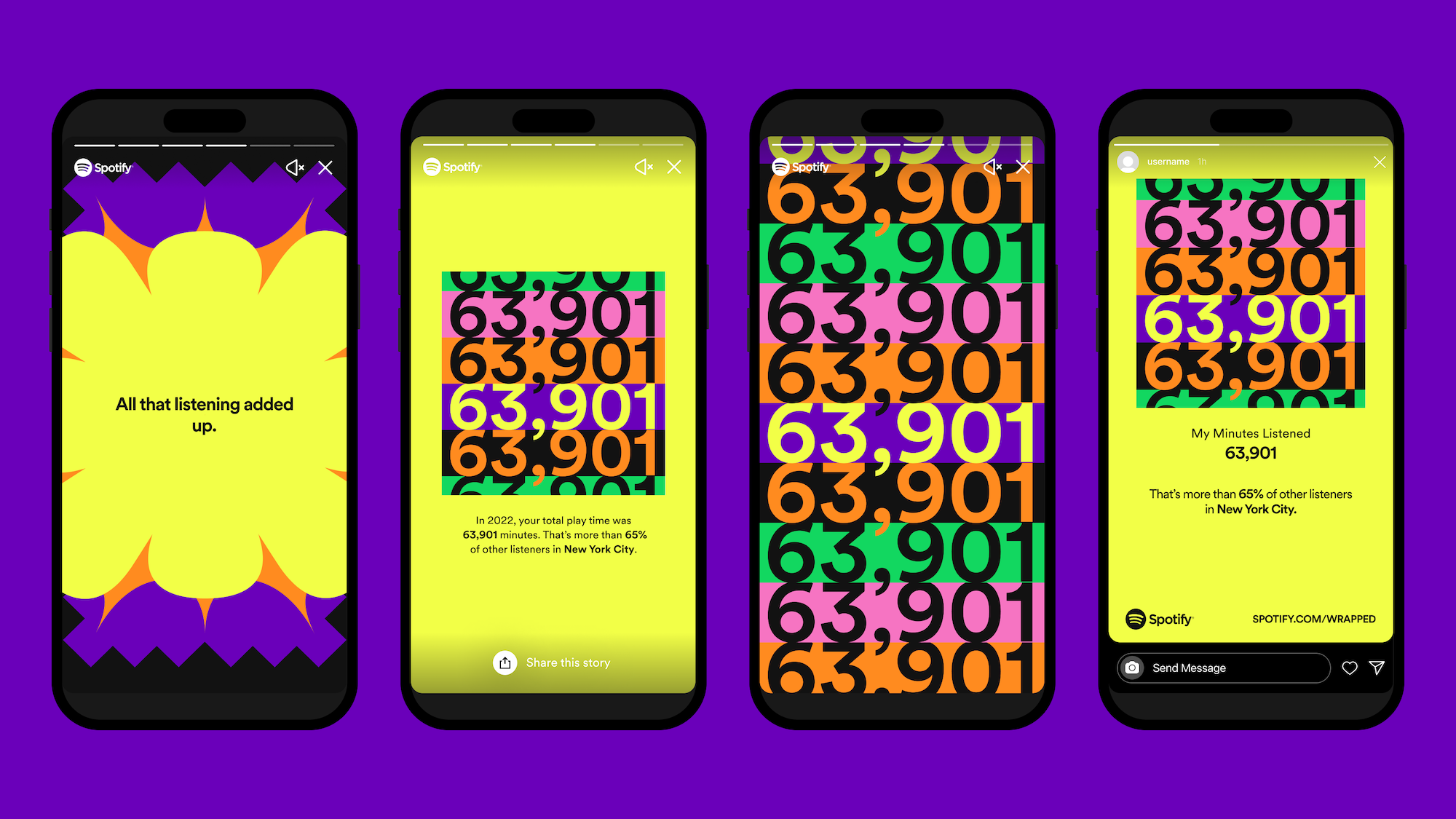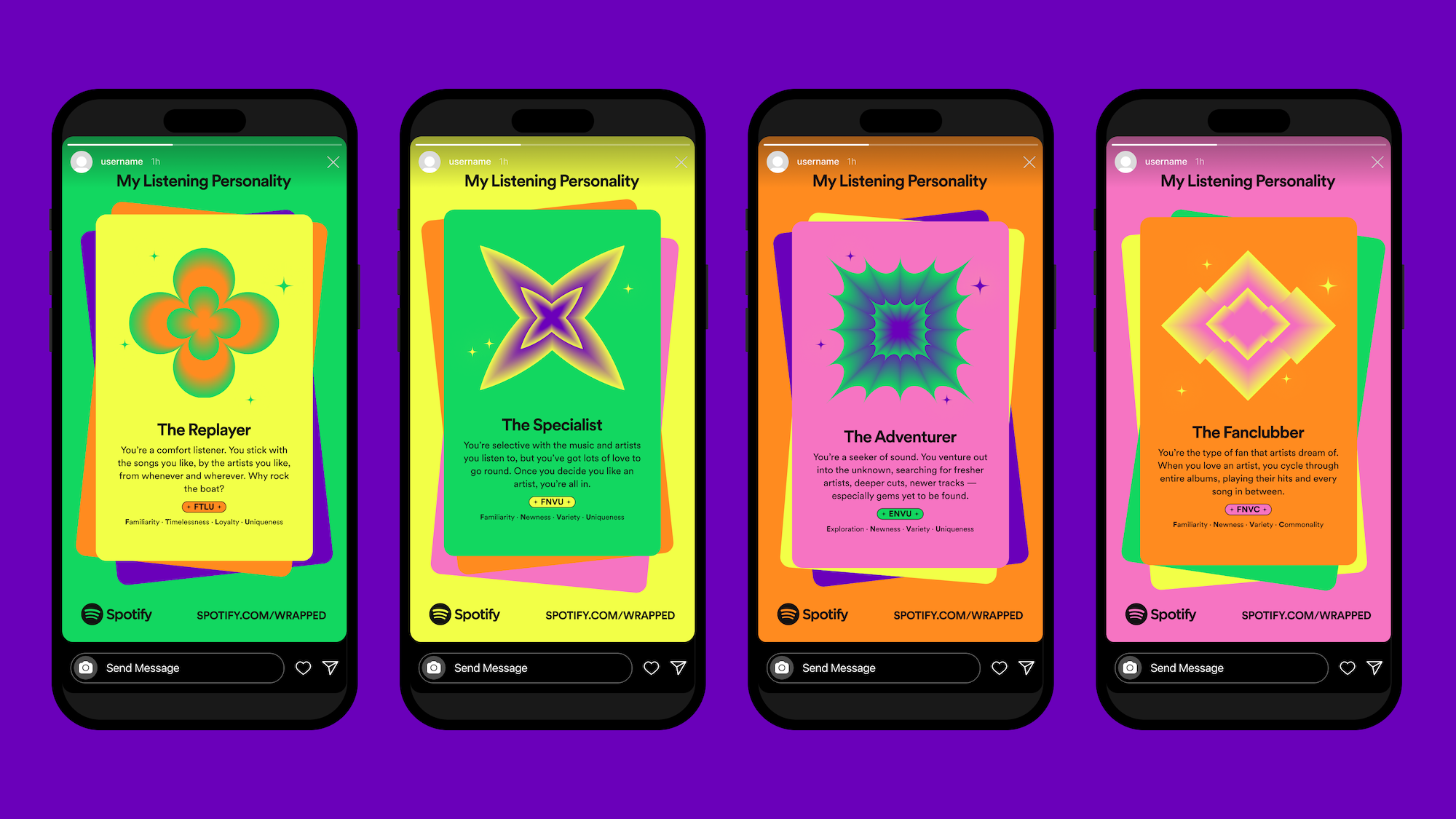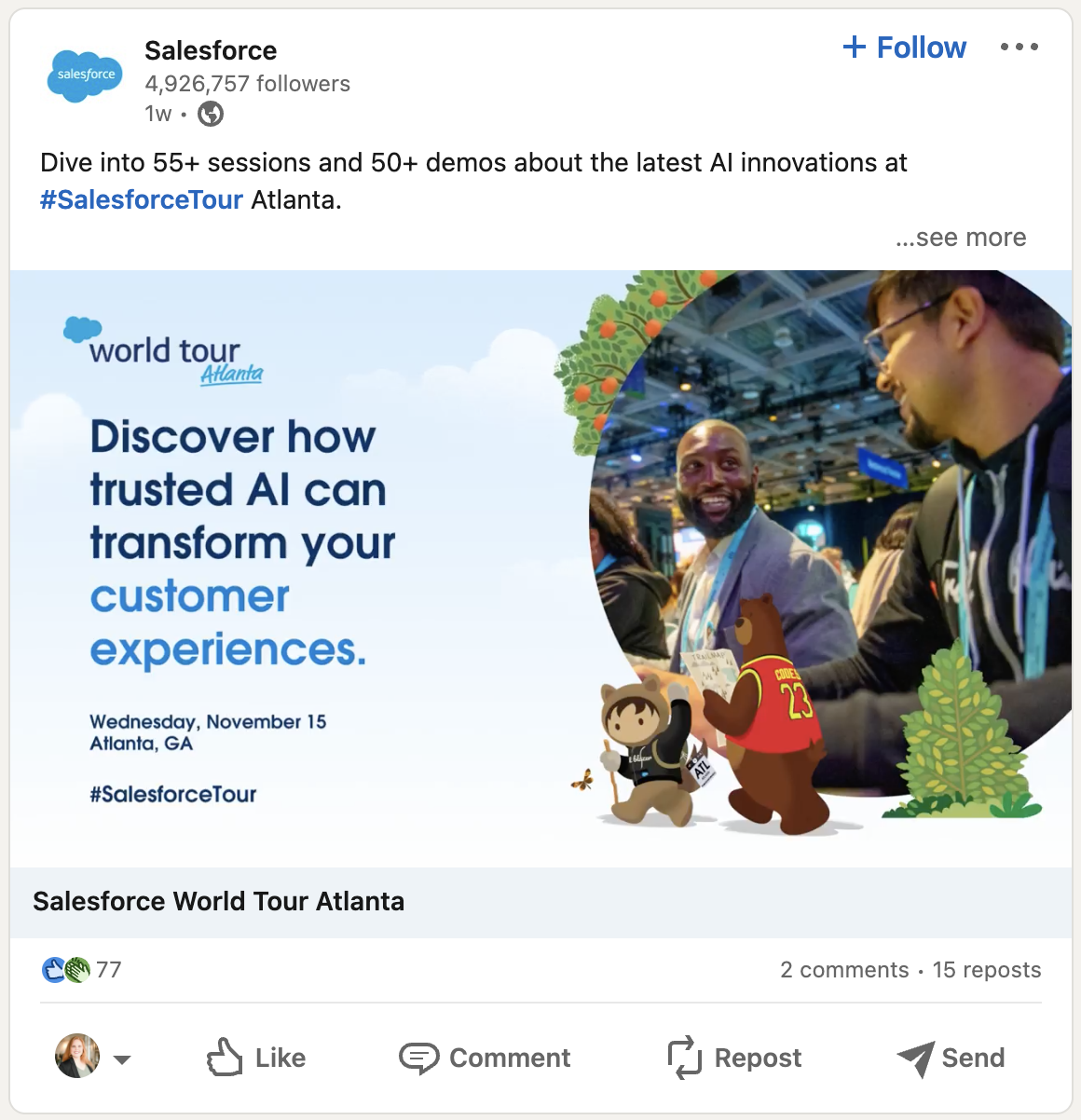Digital Transformation
Visual Storytelling Examples to Captivate Your Audience
Incorporating visual content into your content marketing strategy is about more than just grabbing eyeballs. It’s about capturing the essence of your brand’s story and presenting it in a way that engages your audience. Visual storytelling not only complements copy but can also provide an instant emotional connection that pulls prospective customers deeper into your brand.
In our visually-driven digital age, where your audience’s attention span is fleeting at best, the importance of visual content cannot be overstated. Before we dive into ways you can use visual content and how Contently can help elevate your visual storytelling, let’s begin by exploring the fundamentals.
Importance of Visual Content and the Psychology Behind Visual Perception
Visual content—from graphics to videos—plays a vital role in storytelling and emotion. Our brains are wired to process these visuals quickly, with research suggesting images take as little as 13 milliseconds to be understood. This fast processing power highlights the importance of integrating visual elements effectively in our communications. Here are a few key psychological principles behind visual perception:
- Visual Memory: People tend to identify and remember visuals better than text. It’s estimated that after three days, a person can recall about 65% of visual content compared to just 10% of text.
- Emotional Impact: Visuals have a unique ability to evoke emotions. They can make us laugh, cry, or feel inspired, often more effectively than words alone.
- Storytelling: Visuals can tell a story instantly. A single image can convey a message without the need for lengthy explanations.
- Attention-Grabbing: Visuals naturally draw our attention. They’re the first thing we notice when we visit a website or scroll through social media.
Understanding these psychological aspects of visual content is crucial for content marketers. It provides the foundation upon which compelling visual storytelling is built.
Visual Content Creation Examples
Exploring the various forms of visual content can reveal powerful ways to engage your audience. Here, we’ll cover the most common types of visuals used by content marketers, plus visual storytelling examples.
Photos: Capturing Moments in Time
Photos are like windows into the past. They freeze moments, allowing your audience to connect with the emotions and experiences captured in the frame. Whether it’s a candid shot of your team in action or a stunning product photo, images have the power to convey authenticity and build trust.
Dove often uses photos to illustrate campaign concepts and drive its mission to redefine beauty standards. For its #TurnYourBack campaign, the company raised awareness of the damage that popular social media filters can cause, specifically targeting TikTok’s Bold Glamour filter. Although the images are simple, they are powerful examples of how brands can drive deeper connections while championing a cause.
Graphics: Simplifying Complexity
Graphics often include charts, graphs, and data visualizations. They transform data into visual stories that are easy for your audience to interact with. Graphics are excellent for simplifying complex information and making it more digestible, cutting through the noise and providing clarity.
Every year, Spotify releases a personalized recap for customers with its Spotify Wrapped campaign. They use bright colors and eye-catching graphics to convey each user’s music journey into a fun—and highly shareable—data story.
Videos: Practicing Dynamic Storytelling
Videos are perhaps the most dynamic form of visual content. They combine moving images with sound, creating a multisensory experience for your audience. From short, impactful social media clips to in-depth documentaries, videos are versatile tools for storytelling.
Italian energy company, Eni, relied on Contently’s versatile platform to bring their vision to life with the Powering Mozambique documentary. Through Contently, Eni seamlessly managed the entire creative process, from ideation to distribution, ensuring their narrative resonated with precision. This captivating documentary not only captured the hearts of viewers but also exemplified the potential of visual storytelling to inspire change and foster a deeper connection with audiences.
Illustrations: Adding Artistry to Your Brand
Illustrations are hand-drawn or digitally created images that can add a unique and artistic touch to your content. They’re versatile and can be tailored to your brand’s style.
Illustrations bring a touch of artistry to your content. They can be whimsical, serious, or anywhere in between, depending on your brand’s personality. Custom illustrations also offer the advantage of being unique to your brand, making your content instantly recognizable.
Salesforce has developed a distinctive illustration style that makes its branding instantly recognizable. Whether used in combination with photography or as stand-alone elements, their illustrations also include a cast of characters and mascots that represent different aspects of the brand.
Memes: Injecting Humor and Virality
Memes are a unique breed of visual content. They’re often humorous and have the potential to go viral, spreading your message far and wide. While not suitable for every brand, memes can be a playful addition to your content strategy.
Brands that have mastered meme use tend to do so sparingly, which can add to the humor if it’s unexpected. This HubSpot post on LinkedIn showed the benefit of their courses in a fun way that likely yielded higher engagement than a straightforward promotional post.
Infographics: Breaking Down Complexity
Infographics combine text and visuals to present information in a visually appealing and easily understandable format. They’re excellent for breaking down complex concepts and are particularly useful for step-by-step guides, data-driven stories, and educational content.
Contently helped the American Kennel Club (AKC) incorporate infographics into its content strategy. The company leaned on Contently’s expert creative network to design an infographic to help debunk the age-old myth equating one dog year to seven human years.
The impact was immediate and impressive. After adding the visual to their content, the original article swiftly skyrocketed to become one of AKC’s most-viewed pieces of content. This success story underscores how Contently’s platform empowers brands like AKC to not only enhance the educational value of their content but also drive remarkable engagement through visually compelling infographics.
Why Brands Need to Embrace Visual Storytelling
While visual content is not limited to these categories, they are some of the most prevalent forms you’ll encounter in the digital landscape. Understanding the strengths and characteristics of each type of visual content is essential for crafting a well-rounded content strategy. Your choice of visual content should align with your brand’s personality, your message, and your target audience.
A masterfully crafted visual story possesses the transformative power to not only seize attention but also to awaken emotions, foster trust, and inspire action. So, embrace the art of visual storytelling as a potent means to not just convey your message but to etch it into the hearts and minds of your audience, leaving an indelible mark in a fast-paced and ever-evolving digital world.
Subscribe to The Content Strategist newsletter to stay updated on the latest trends and strategies in crafting compelling visual stories for your brand.
Get better at your job right now.
Read our monthly newsletter to master content marketing. It’s made for marketers, creators, and everyone in between.










